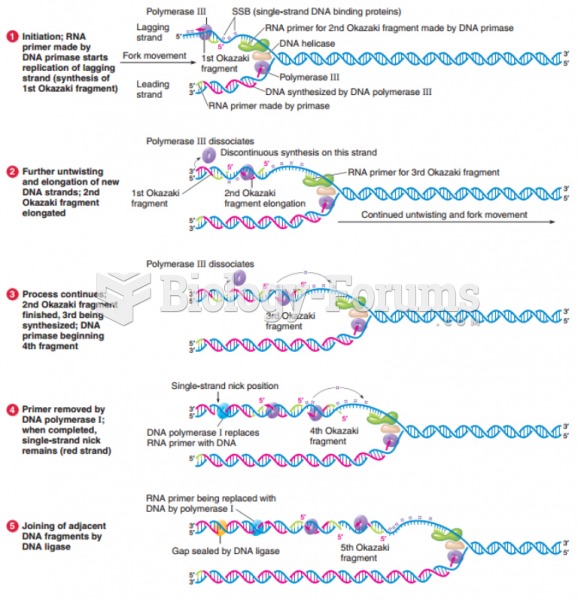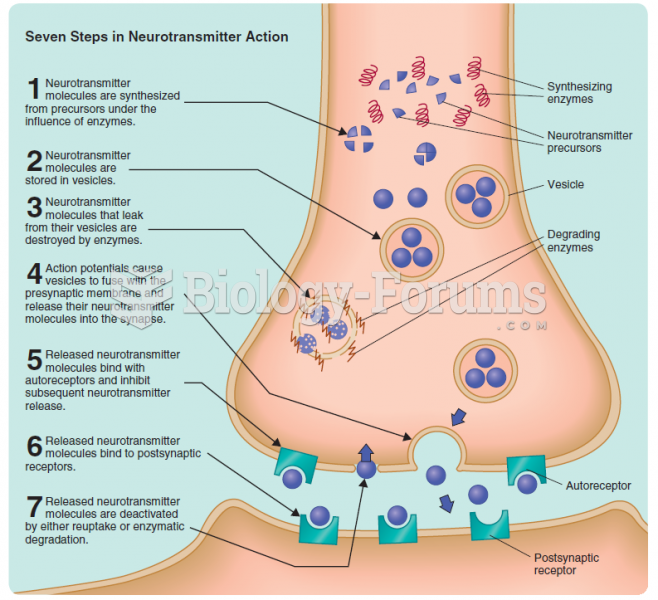Answer to Question 1
A
Answer to Question 2
The different types of ability grouping are discussed on pages 195-196.
a.Between-class ability grouping: Classes are homogeneous in standardized intelligence or achievement test scores. Students in one ability group have little contact with children in another ability group.
b. Regrouping: This is narrower in scope than between-class ability grouping. Children of the same grade and same ability in specific subjects (usually math and reading), but from different classrooms, come together for instruction for that period during the day.
c. Joplin Plan: Similar to regrouping but occurs across grade levels. One grouping may consist of fourth, fifth, and sixth graders all of whom have grade equivalent scores of 5.5.
d. Within-class ability grouping: Similar to the Joplin Plan, except that students form ability groups only from within one classroom, usually for reading and math. Studies have demonstrated that both the Joplin Plan and within-class ability grouping have produced moderate increases in learning. The difficulty with the Joplin Plan is that it requires cooperation among several different teachers, which is not always feasible. Its advantage, though, is that children from several grades come together and each child may benefit from this heterogeneous approach. For example, even though they are at the same grade level, older children may be able to guide younger children, simply because of being more mature. However, if this approach requires too much schedule juggling from teachers, the within-class ability grouping is probably the most promising approach to use. This is discussed on page 186.







